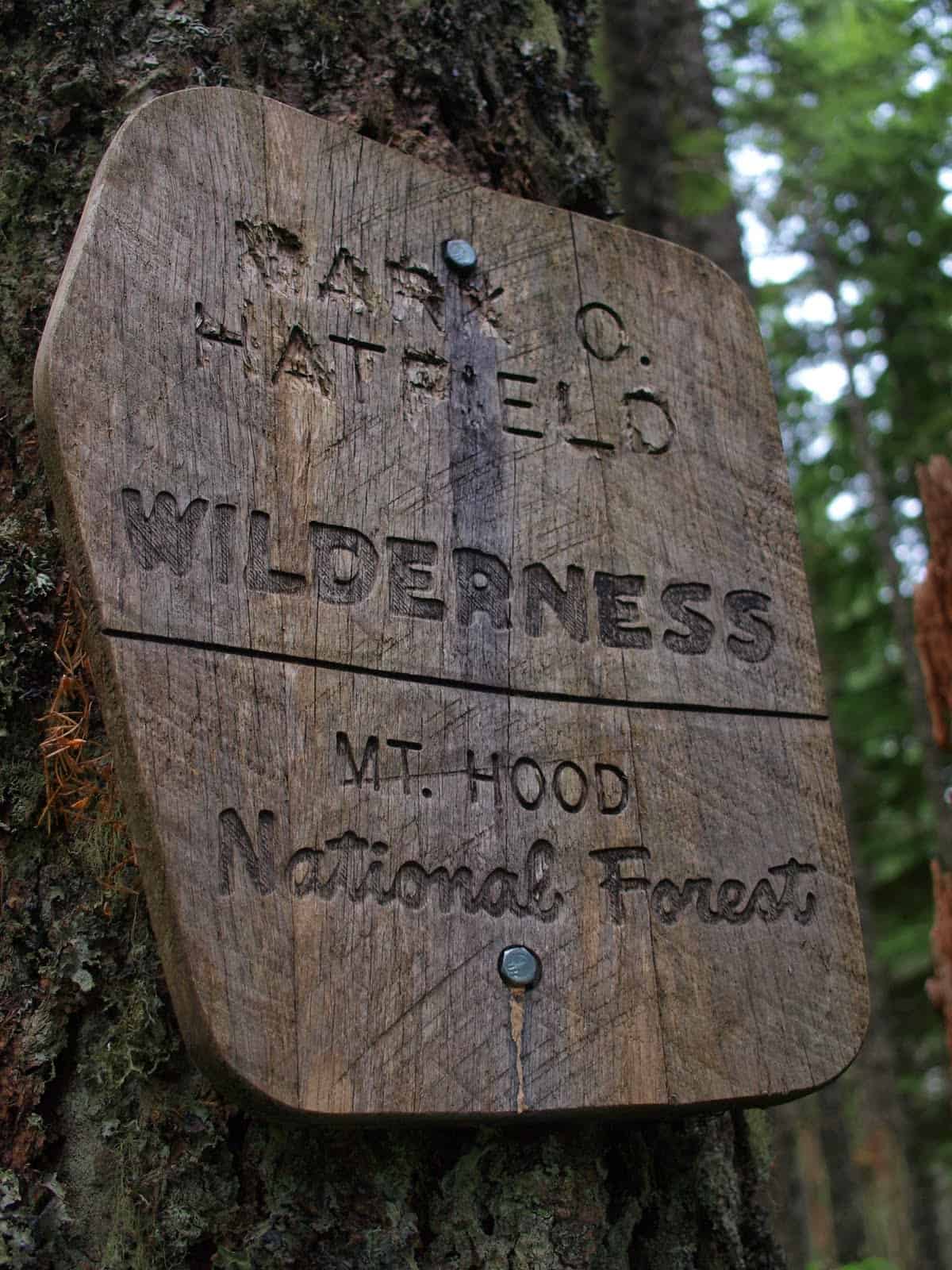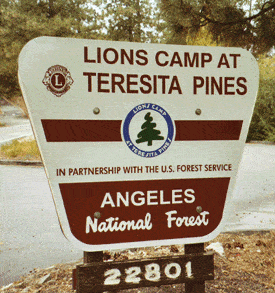
Bob Zybach sent this contribution for posting:
From: Center for Biological Diversity
Published August 2, 2011 03:41 AM
23 Oahu Species Proposed for Endangered Species Act Protection
HONOLULU— The U.S. Fish and Wildlife Service proposed to protect 23 species on the Hawaiian island of Oahu as endangered under the Endangered Species Act on Monday. The proposal also includes protection of 43,491 acres of critical habitat essential for the conservation of the species, which include 20 plants (including some with fewer than 50 left in the wild) and three damselflies — the crimson Hawaiian damselfly, blackline Hawaiian damselfly and oceanic Hawaiian damselfly.
“These unique Hawaiian species are a national treasure, and we’re thrilled they’ll be getting the Endangered Species Act protection they need to survive,” said Tierra Curry, a conservation biologist with the Center for Biological Diversity.
In early July, the Center reached a legal settlement with the Service to expedite protection for 757 imperiled species, including 19 of the 23 proposed on Oahu.
The Center petitioned in 2004 to protect 19 of the species proposed Monday. The 19 species — 16 plants and the three damselflies — have been waiting on the federal “candidate” list for protection for years. Candidates are species known to qualify for Endangered Species Act protection that are placed on a waiting list instead of receiving that protection.
In addition to the 19 candidates, Monday’s proposal includes four plants identified as the “rarest of the rare” by the Plant Extinction Prevention Program. Each of the four plant species has fewer than 50 individuals remaining in the wild and is in need of immediate conservation.
The plant species occur in a variety of habitats and are threatened by habitat loss and foraging and trampling by invasive goats, pigs and rodents. They are also threatened by invasive insects that outcompete native pollinators.
The damselflies are threatened by agricultural and urban development, stream alteration and predation by nonnative insects. The damselflies hatch and develop in streams, small cascades of waterfalls and wet, mossy areas. They then undergo metamorphosis and become shiny-winged adults that move into the forest.
Monday’s proposed critical habitat designation for the 23 species also includes a revision of critical habitat that has already been designated for 99 endangered Oahu plant species. In 2003, more than 55,000 acres of habitat was designated to protect the 99 plant species. The proposal includes only 43,491 acres of habitat for the 99 already-listed plants and the 23 new proposed species.
“We are concerned that this proposal appears to be reducing habitat that has already been designated to protect Oahu’s species, so we’ll work to make sure these rare plants and animals get the full habitat protection they need to survive,” said Curry.
 In 2009, The Forest Service issued guidance for “Climate Change Considerations in Project Level NEPA Analysis”. The document states that “As with any environmental impact, GHG emissions and carbon cycling should be considered in proportion to the nature and scope of the Federal action in question and its potential to either affect emissions or be affected by climate change impacts.”
In 2009, The Forest Service issued guidance for “Climate Change Considerations in Project Level NEPA Analysis”. The document states that “As with any environmental impact, GHG emissions and carbon cycling should be considered in proportion to the nature and scope of the Federal action in question and its potential to either affect emissions or be affected by climate change impacts.”




